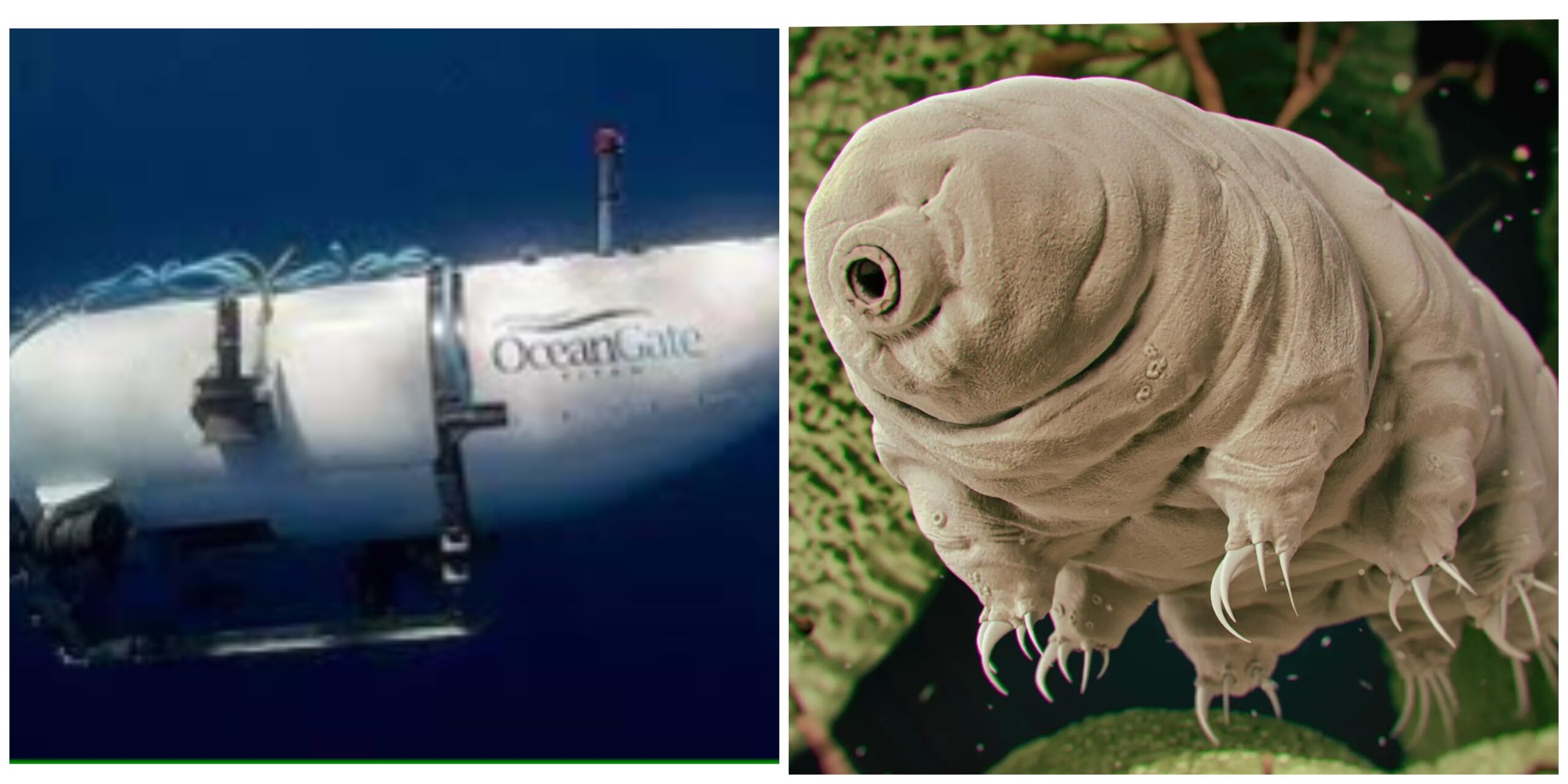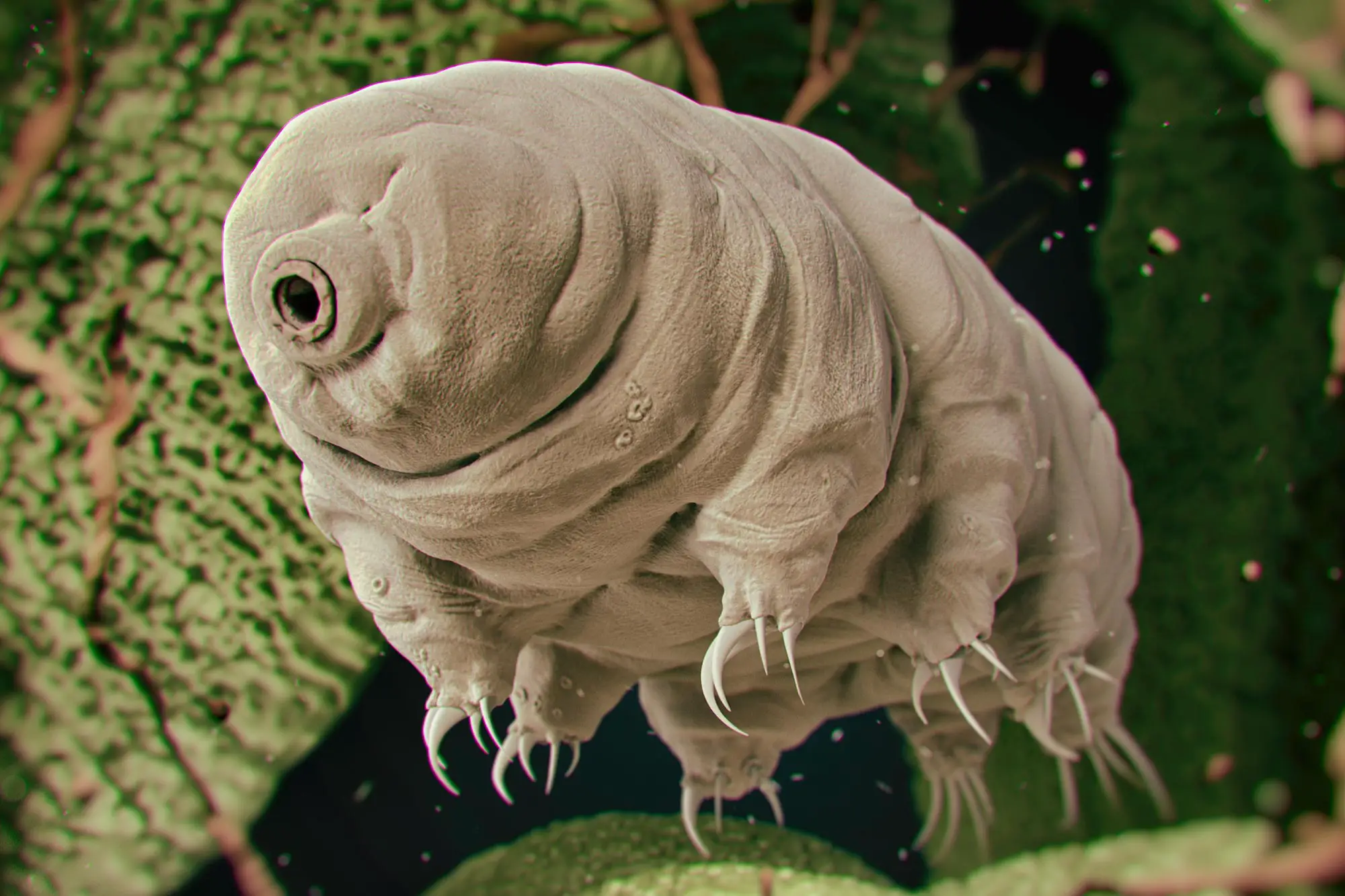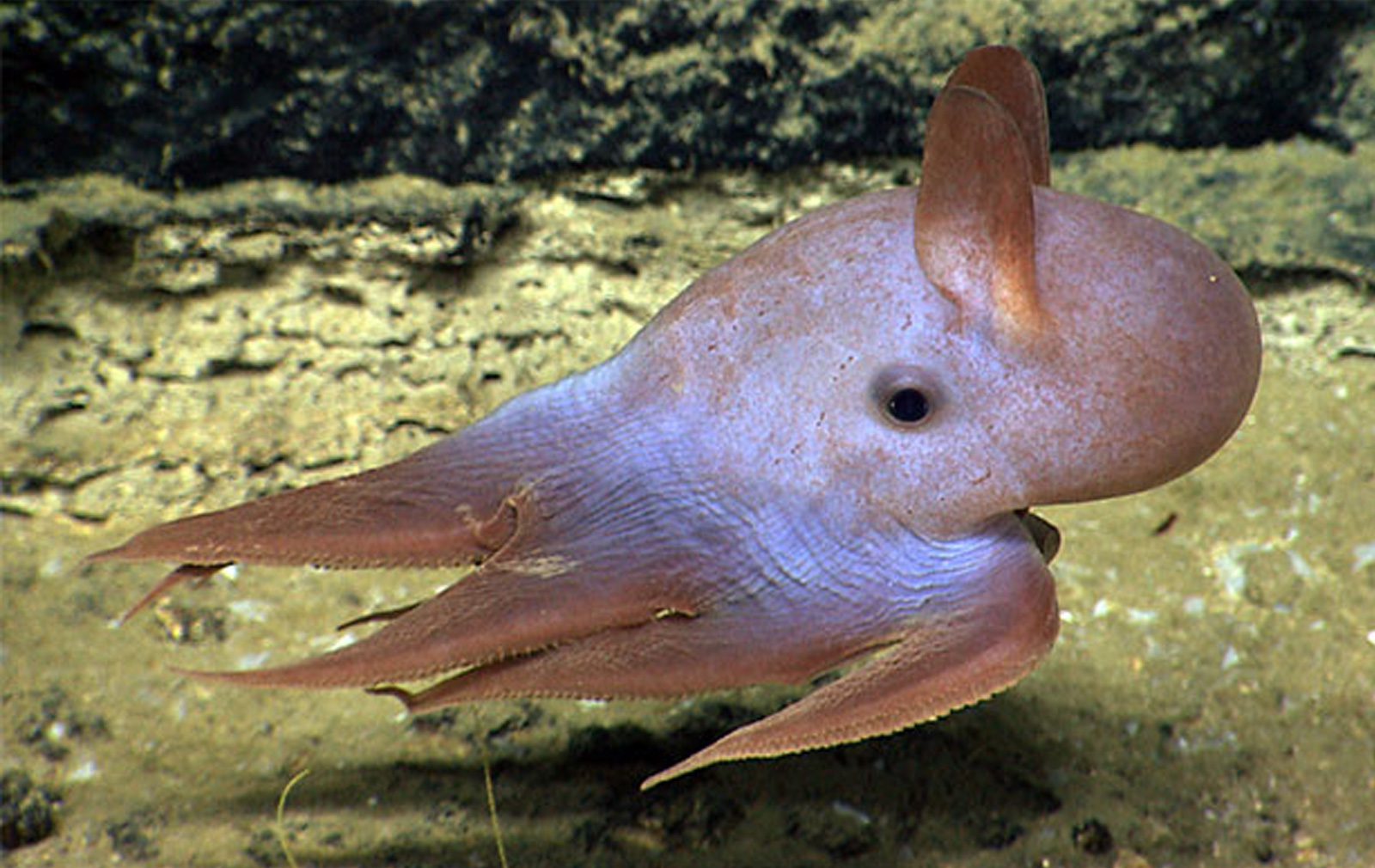Guides
Animals That Can Survive 13k feet In Deep Sea
There’s no doubt that the surface waters are home to an incredible diversity of absolutely amazing marine life, the fact is that the vast majority of the world’s ocean – the deep ocean – is only able to be seen by submersibles. however, there are animals who can survive 13000 feet in the water. Fortunately, marine science groups are exploring these depths with the use of manned and unmanned submersibles, and they are sharing their observations with the rest of the world. The deep sea creatures listed below are sure to blow your mind, and hopefully help you feel a deeper connection to the ocean animals that are typically hidden in the dark depths of our planet.

There’s no doubt that the surface waters are home to an incredible diversity of absolutely amazing marine life, the fact is that the vast majority of the world’s ocean – the deep ocean – is only able to be seen by submersibles. however, there are animals who can survive 13000 feet in the water. Fortunately, marine science groups are exploring these depths with the use of manned and unmanned submersibles, and they are sharing their observations with the rest of the world.
The deep sea creatures below are sure to blow your mind and hopefully help you feel a deeper connection to the ocean animals that are typically hidden in the dark depths of our planet.
1. Tardigrade
Tardigrades, known colloquially as water bears or moss piglets, are a phylum of eight-legged segmented micro-animals. Around 1,300 species of tardigrades are found worldwide. Considered aquatic because they require a thin layer of water around their bodies to prevent dehydration, they’ve also been observed in all kinds of environments, from the deep sea to sand dunes. The teeny-tiny creatures can survive extreme temperatures, ranging from minus 328°F up to 304°F. Freshwater mosses and lichens are their preferred habitat, hence their nickname, moss piglet.
Despite looking squishy, tardigrades are covered in a tough cuticle, similar to the exoskeletons of grasshoppers, praying mantises, and other insects to which they are related. Like those insects, tardigrades have to shed their cuticles in order to grow. They have four to six claws on each foot, which helps them cling to plant matter, and a specialized mouthpart called a buccopharyngeal apparatus, which allows them to suck nutrients from plants and microorganisms. Tardigrades can go up to 30 years without food or water. They can also live at temperatures as cold as absolute zero or above boiling, at pressures six times that of the ocean’s deepest trenches, and in the vacuum of space.
Their resiliency is in part due to a unique protein in their bodies called Dsup—short for “damage suppressor”—that protects their DNA from being harmed by things like ionizing radiation, which is present in soil, water, and vegetation. Another amazing survival trick is cryptobiosis, a state of inactivity triggered by a dry environment. The micro-animals squeeze all the water out of their bodies, retract their heads and limbs, roll up into a little ball, and become dormant. When conditions improve, they unfurl themselves and go about their business.
Tardigrades haven’t only survived extreme conditions on Earth. They’re the first animals to survive the vacuum (that means no air), radiation blasts, and freezing temperatures of space. Tardigrades are helping scientists rethink what they know about what it takes to survive in extreme conditions—and what humans might need to survive on another planet.

Tardigrade
2. Dumbo Octopus
they are often called the cutest octopus in the world, the dumbo octopus gets its common name from the two ear-like fins that resemble Dumbo the elephant’s big floppy ears. By slowly flapping those ear-like fins, and using their eight arms to steer, dumbo octopuses move around the deep sea foraging for invertebrates that swim above the sea floor. On average, a dumbo octopus only grows to about 20 to 30 centimetres (8 to 12 inches) long.
Although they are believed to be found worldwide, dumbo octopuses have actually only been observed around New Zealand, Australia, the Philippines, New Guinea, and off the coast of California. Amazingly, dumbo octopuses are the deepest living genus of all known octopuses – living at depths around 13,100 feet ( 4,000 meters). Because there are so few predators for the dumbo octopus at these extreme depths, they do not have an ink sac like most octopus species do. Life at these extreme depths requires the ability to live in very cold water and in the complete absence of sunlight.
Dumbo octopuses are naturally rare, and the deep sea is enormous, so these species have specialized behaviours to increase the likelihood that they can successfully reproduce anytime they find a mate. They are foraging predators and eat pelagic invertebrates that swim above the sea floor. As there are few large predators in the deep sea, dumbo octopuses’ primary predators are diving fishes and marine mammals, including tunas, sharks, and dolphins. Due to their preference for extreme depths, they are only very rarely captured in fishing nets and are probably not threatened by human activities.

Dumbo Octopus
More Articles On RNN
- Top 10 Most Friendly Animals To Humans in the World
- Top 10 Extinct Animals
- Top 10 Fastest Land Animals In The World
- Top 10 Ugliest Animals in The World
- Top 10 Most Expensive Animals In The World
